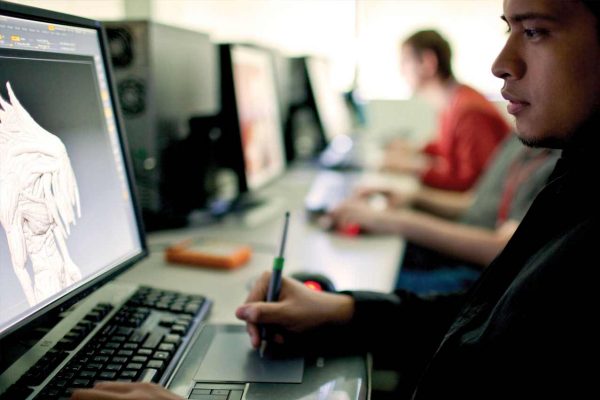A game designer is the glue that holds the game industry together. This is a big statement but a very true statement. Within the game industry there are many branches, those that develop the games, those that finance the games, those that artistically design the game, and then there are those that speak to all departments and keep the projects moving at a good pace (the game designers).
Let’s look at the business as a whole and those who work together to make the projects move in sync. The game industry works like a clock if one piece is not spinning the project fails and the game comes to a cancelation. Those that make these “cogs” spin are the artists, developers, and financial departments. These departments work together to make the games we love to play a reality. The developers focus heavily on code and making sure the game is working properly and according to the lead designers vision. The artists focus on how the game looks from the minor details of the grass to the more detailed designs of the characters and worlds. They are what bring the sights to the player. The financial department is in charge of getting the finances to make the game while at the same time use some of the money to promote the game with marketing. But there is one person sometimes a few persons that keep these “cogs” spinning; these people are the game designers.
The game designer, often a lead designer and sometimes a handful of junior designers, is the first one with the vision of what and how the game will look. The designer first creates the Game Design Document, or GDD. This is a written manual that has all the information of how the game works and what the character can and cannot do, every code the designer needs codded into the game is also in this document. When the GDD is passed down to the developers the designer works with them to make sure they understand what the vision is and what, if anything needs to be adjusted. At the same time the designer works with the artists, financial department, and the rest of the other departments that make up the industry to make sure everything is working in favor or looking correctly for the game.
When the first prototype has been completed the designer will take the game to testing. This is one of the designer’s biggest jobs. They now have to focus on playtests. This is the part that shows what makes the game fun to the player, if the player could get past parts that they think to be easy, and where players get stuck? This process is the most tedious because the game will change greatly or not much at this moment. When the designer has his information he will either return to his developers or return to adjusting the problems the playtesters had found with the game, otherwise the game will be sent to the next step. If testing was a success the designer will now go to the financial department and start working on marketing and promoting the game readying it for release day.
The job of the designer is broad and this article only skimmed the surface of the position was touched. There are many layers to being a designer such as different sections and different types of designers such as level designers. Often times designers are working on numerous games at the same time and need to have plenty of time to finish. If this is a job you are interested in start now, learn the basics of C# coding, learn what it takes to make a proper GDD, and then learn how to correctly make mechanics and rules for all kinds of games, digital or analogue. Once you start don’t stop, if you can attend school for the further advancement of it. Full Sail University is one of the greatest schools to get into this career. Lastly, stay up to date with the industry make sure you know about or have heard of future changes in the industry and try learning those in the process of everything else. Once you have a balance and understanding of each category you’ll be on your way to being a proper game designer.


